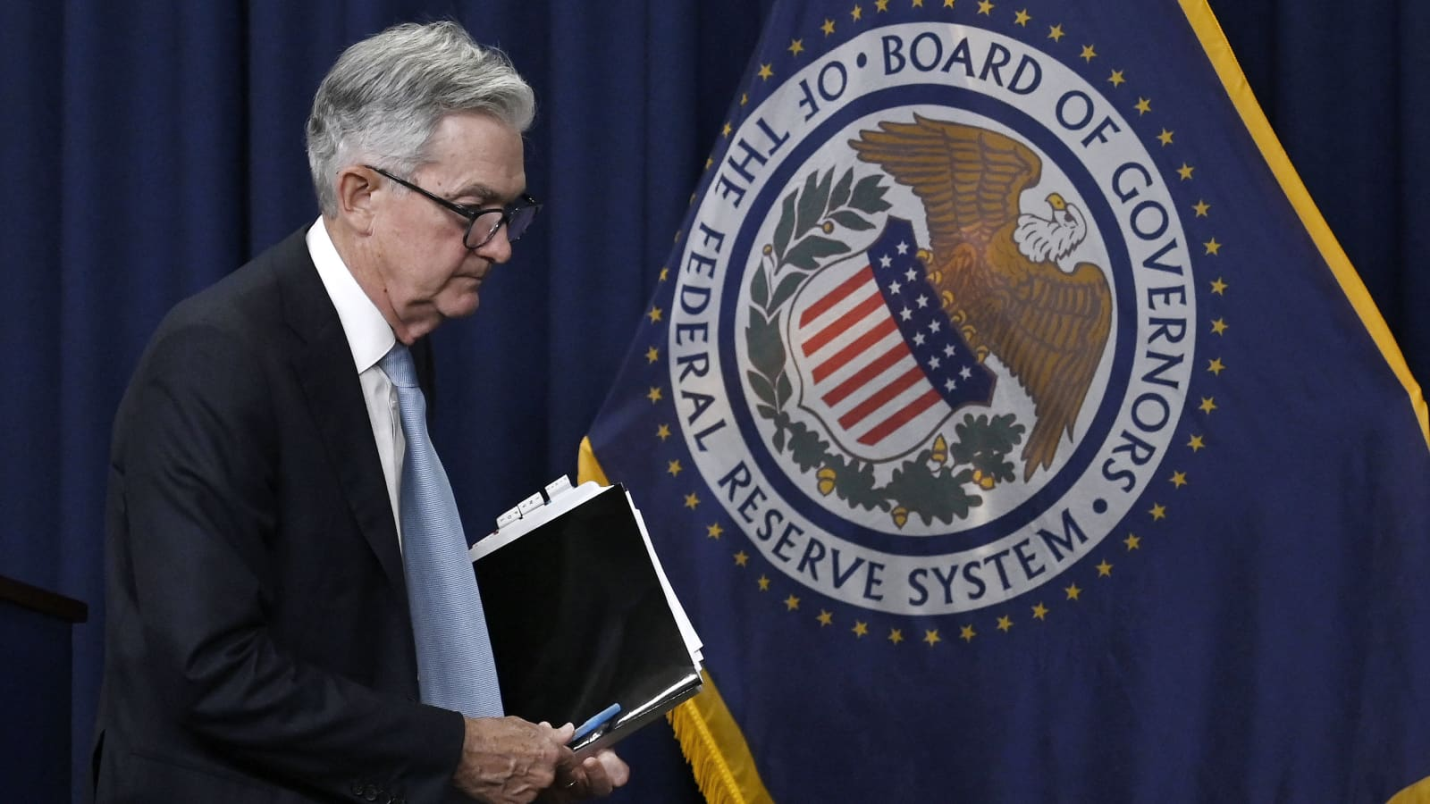Free Courses Sale ends Soon, Get It Now


Free Courses Sale ends Soon, Get It Now



Copyright infringement not intended
Context: Recently the Federal Reserve announced a 0.25% increase in the target range for the federal funds rate, bringing it to 5.25-5.5%. This is the highest level since 2001 when the rate reached 6.5%. The Fed's move is intended to curb inflation in the USA, which has been running above the 2% goal for several months.
Details
Impact on the Global Economy
In essence, the federal funds rate hike and the resulting impact on global interest rates have implications for countries with high external debt, particularly those holding dollar-denominated debt. The vulnerabilities stemming from rising interest rates and potential exchange rate fluctuations underscore the need for prudent financial management and strategies to mitigate risks in the face of global economic uncertainties.
Impact on Corporates
Way Forward
Must-Read Articles:
US FED RATE HIKE: https://www.iasgyan.in/daily-current-affairs/us-fed-rate-hike-46
|
PRACTICE QUESTION Q. What are the implications of the U.S. Federal Reserve rate hike on India's economy, and what are the specific challenges that India may encounter in response to such a scenario? What strategies or measures could India adopt to effectively address and mitigate the potential challenges that might arise from a Federal Reserve rate hike? |
https://epaper.thehindu.com/ccidist-ws/th/th_delhi/issues/47255/OPS/GBJBJPE5E.1+GK5BJR1PP.1.html
© 2024 iasgyan. All right reserved